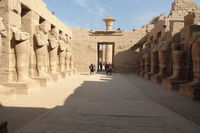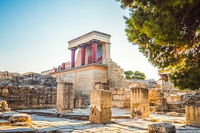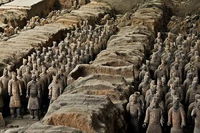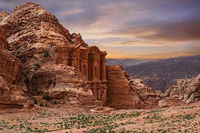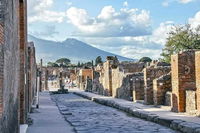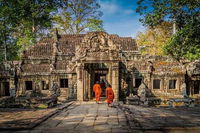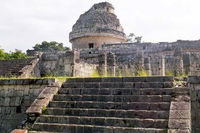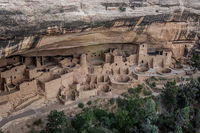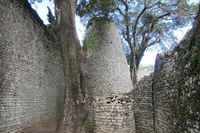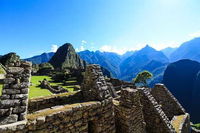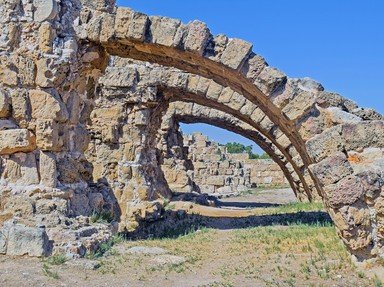
As the Present Now Will Later Be Past Quiz
Great Archaeological Sites of the World
In this quiz you will find a selection of some of the world's most famous archaeological sites. Can you recognize them from these snapshots? Don't forget to click on the photos to get a closer look!
by LadyNym.
Estimated time: 3 mins.
